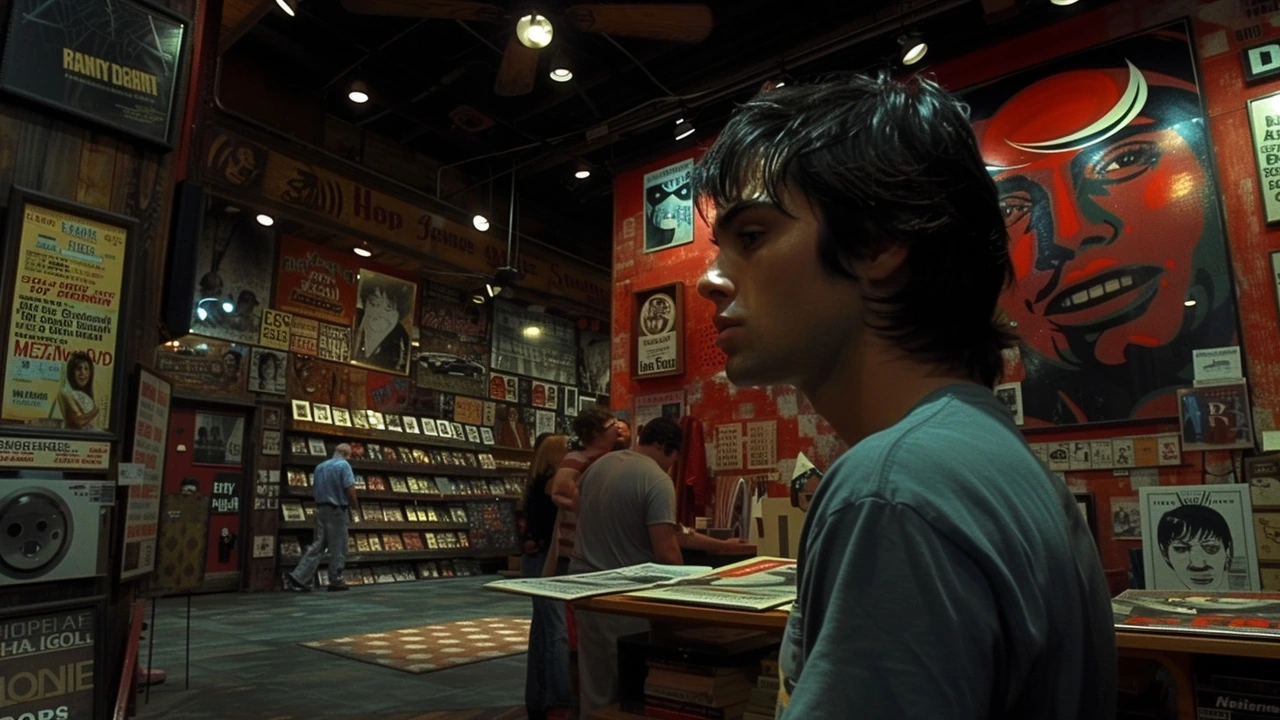Today's Film Industry: What’s Actually Changing Right Now
Movie making isn't what it used to be. Between streaming platforms, cheaper high-quality gear, and new tech like virtual production, the rules have shifted. That’s good news if you want to make work that gets seen—if you adapt. This page cuts through the noise and gives practical insight for creators and visual artists who want to navigate today’s film world.
Where money and attention are going
Streaming services now decide a lot. They buy big projects and back niche ones that theaters might skip. That means there's demand for both franchise-level spectacle and smaller, bold stories. The old theatrical-first model is loosening: day-and-date releases and short windows are normal. For creators, the takeaway is simple—think about multiple release paths when you plan a project.
Global markets also matter more than ever. Films that travel well—or tap into global themes—get attention and budgets. If your story can move across cultures, it has a better shot at funding and distribution. That’s why production teams increasingly hire international crew and shoot with global audiences in mind.
Tech, craft, and new roles
Virtual production (the LED-wall approach used in big shows) is lowering some barriers while raising others. It lets filmmakers create rich environments without long location shoots, which is great for indie teams that need control and speed. At the same time, VFX, real-time engines, and AI tools are changing job descriptions. Concept artists, previs artists, and virtual art directors are in demand.
Photography and photorealism skills are now useful beyond fine art—look at concept design, set visualization, and color grading. If you paint or photograph, learning basic compositing or how 3D lighting affects mood can make you more valuable on a film set. Production designers who understand digital workflows stand out.
What about festivals and indie routes? They still launch careers. Festivals now offer hybrid programs and are scouted by buyers hunting fresh voices. Short films and web series are valid calling cards: a tight, well-made piece on a streaming-friendly platform can lead to bigger opportunities.
Finally, storytelling matters more than tech. Audiences will always connect with clear characters and strong visuals. Use tech to serve the story—not the other way around. If you work in visuals, focus on mood, color, and composition; those translate into memorable frames whether you're on a phone or a cinema screen.
Want practical next steps? Build a short portfolio piece that shows one strong idea, learn one real-time tool (Unreal or Unity), and network with small production teams. Keep learning, stay flexible, and aim for clear, visual storytelling—those skills travel across formats and platforms in today’s film industry.

